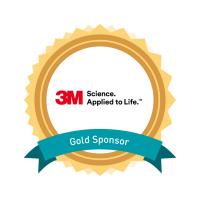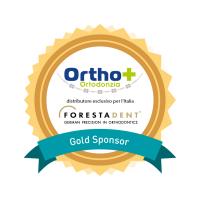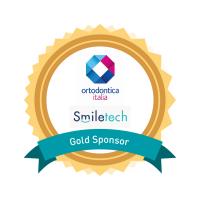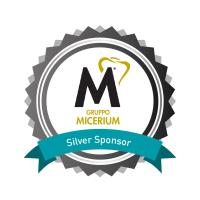Abstract
TMD in Pediatric Dentistry: Current Scientific Evidence
by Ierardo Gaetano
Temporomandibular disorders (TMD) constitute a set of functional anomalies, pathologies affecting the temporomandibular joints, masticatory muscles and musculoskeletal structures of the head and neck which occur with a certain frequency even in the pediatric age. They are classified into dysfunctions and pathologies on an organic basis and psycho-compartmental implications relating to pain. TMDs have a significant negative impact on the quality of life of young patients and are also one of the main causes of absence from school for children. The review of the scientific literature demonstrates non-homogeneity in the studies and, therefore, the need for further investigations in the pediatric age. It is important to formulate an early diagnosis, in order to carry out specific treatments capable of solving both the dysfunction and preventing the possible development of craniofacial growth disorders and related pain. The treatment of TMDs in the pediatric age aims both at the recovery of correct joint function and correct occlusion, and at neuromuscular rehabilitation, given that the resolution of painful and dysfunctional symptoms takes place with the achievement of an adequate functional balance.
Learning Objectives
After this lecture, you will be able to define TMD issues in pediatric dentistry
After this lecture, you will be able to evaluate the scientific evidence of the treatment of TMD problems in pediatric dentistry
After this lecture, you will be able to propose treatment solutions for TMD problems in pediatric dentistry
TMD in Pediatric Dentistry: Current Scientific Evidence
by Luzzi Valeria
Temporomandibular disorders (TMD) constitute a set of functional anomalies, pathologies affecting the temporomandibular joints, masticatory muscles and musculoskeletal structures of the head and neck which occur with a certain frequency even in the pediatric age. They are classified into dysfunctions and pathologies on an organic basis and psycho-compartmental implications relating to pain. TMDs have a significant negative impact on the quality of life of young patients and are also one of the main causes of absence from school for children. The review of the scientific literature demonstrates non-homogeneity in the studies and, therefore, the need for further investigations in the pediatric age. It is important to formulate an early diagnosis, in order to carry out specific treatments capable of solving both the dysfunction and preventing the possible development of craniofacial growth disorders and related pain. The treatment of TMDs in the pediatric age aims both at the recovery of correct joint function and correct occlusion, and at neuromuscular rehabilitation, given that the resolution of painful and dysfunctional symptoms takes place with the achievement of an adequate functional balance.
Learning Objectives
After this lecture, you will be able to define TMD issues in pediatric dentistry
After this lecture, you will be able to evaluate the scientific evidence of the treatment of TMD problems in pediatric dentistry
After this lecture, you will be able to propose treatment solutions for TMD problems in pediatric dentistry












